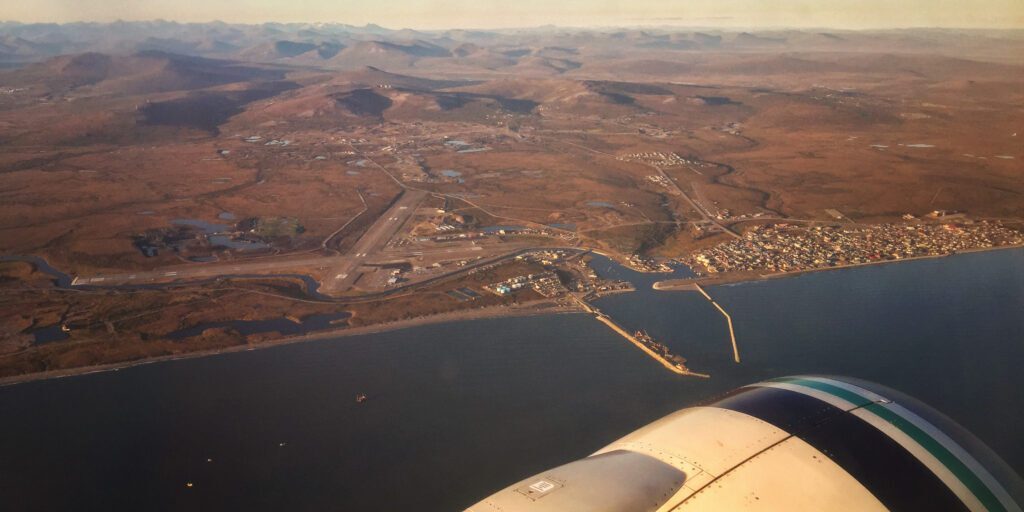Regional travel could get a lot less restrictive for Bering Strait residents who want to come visit Nome. As of this Monday (May 18th), visitors coming into Nome from a village in the region will not need a travel permit or be required to quarantine when they arrive in the city.
Nome has had only one confirmed case of COVID-19 and that person was deemed ‘recovered’ about one month ago. There have been no other cases confirmed in the Bering Strait region since then.
After consulting with Norton Sound Health Corporation (NSHC), Nome City Manager Glenn Steckman agreed that Nome can be open to the rest of the region by air, car, or boat.
“Because everyone has been on lockdown we feel that it’s reasonable to re-open our network of villages to the city and allow the travel for people not only to see their families and friends, but also for commerce.”
These modifications only apply to regional communities; travelers coming into Nome through the Anchorage airport are still required to submit a travel permit and undergo a 14-day quarantine. Those regulations will be discussed by the City Council during an upcoming special session tonight.
Despite Nome’s new travel policies, Steckman wants travelers to understand that local communities still have their own authority to dictate travel requirements within their boundaries. And some regional communities still have limits on traffic at this point. During a recent NSHC tribal conference call, leaders from the Native Village of Diomede shared that they are still requiring everyone to quarantine for 14 days upon arriving in their community.
Anyone looking to travel within the Bering Strait region, including to Nome, should contact their city or tribal leaders for the latest on local travel regulations.
Image at top: Aerial view over Nome, seen from an Anchorage-bound airplane in August of 2015. Photo from David Dodman, KNOM (2015).




